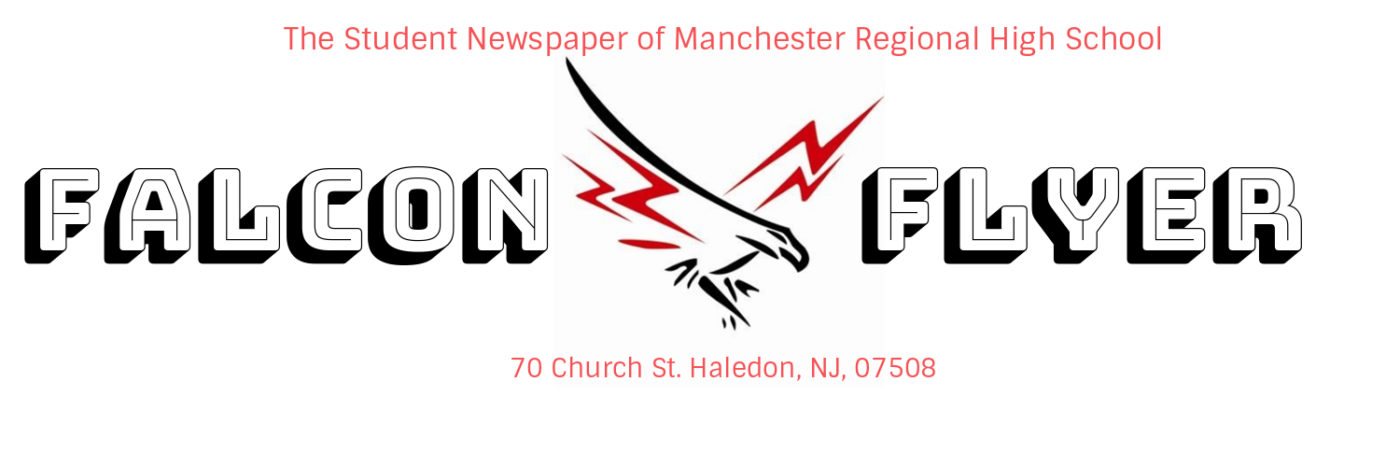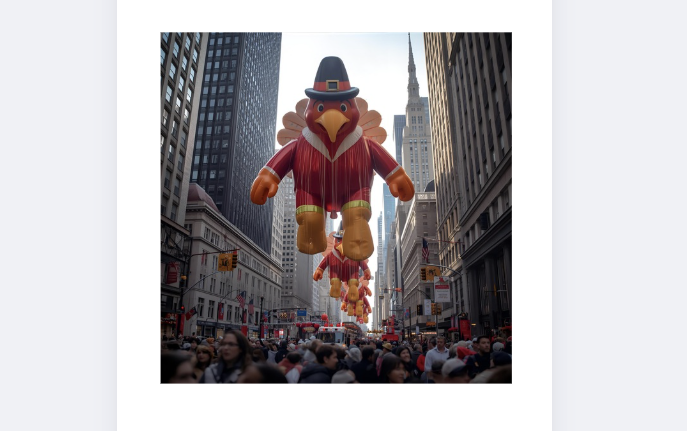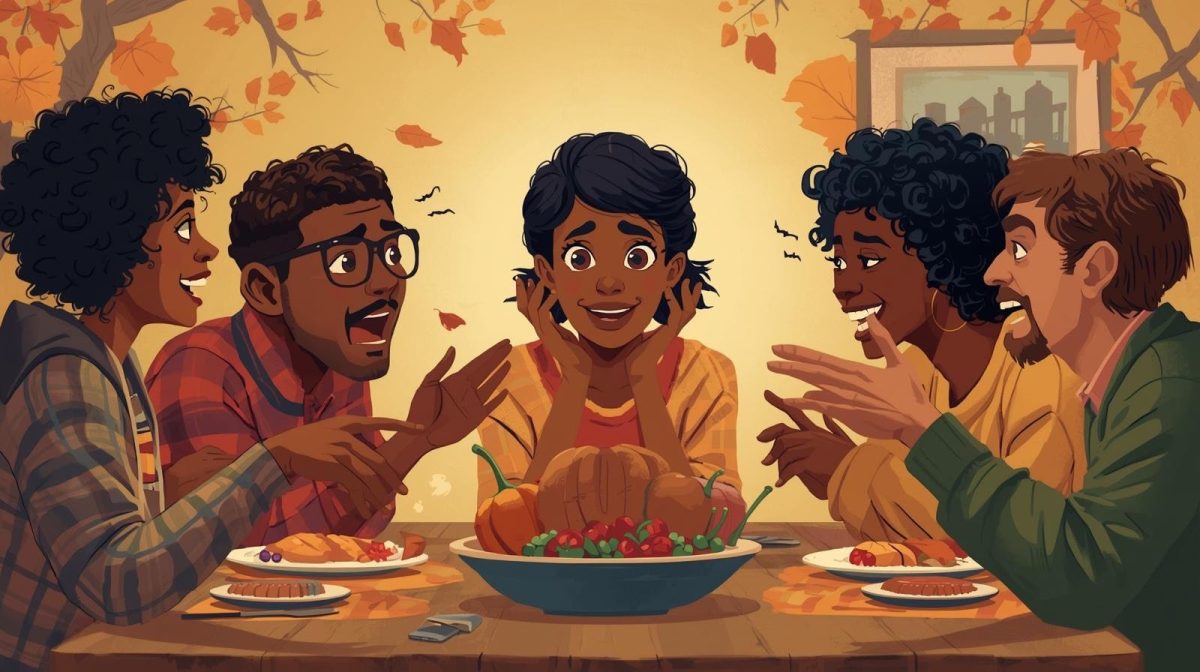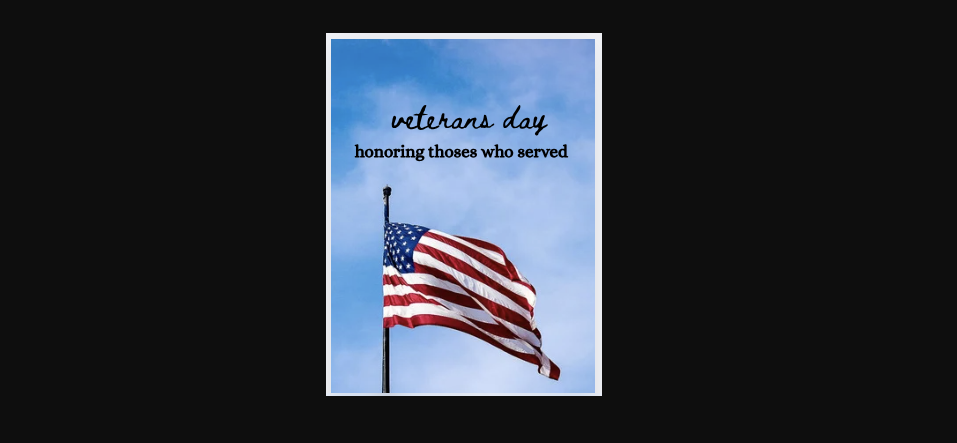The Macy’s Thanksgiving Parade, held annually in New York City, is a beloved tradition that marks the beginning of the holiday season for millions of Americans. However, beneath the surface of dazzling floats, giant balloons, and show-stopping performances lies a discussion touching on cultural representation, commercialism, and the event’s socio-political implications. This article aims to explore the multifaceted nature of the parade while addressing both supporting claims and counterclaims, assessing their strengths and limitations in light of audience perspectives.
The Macy’s Thanksgiving Parade can be seen as a quintessential expression of American culture, showcasing the nation’s diversity through elaborate floats and performers that reflect various facets of society. The event features elements that highlight different ethnicities, traditions, and artistic expressions, creating a communal experience that resonates with a wide audience.
For instance, floating representations of beloved characters from diverse backgrounds, such as Disney princesses and cultural folklore figures, enable various demographic groups to be featured prominently. These visuals can be seen as an encouragement of unity among diverse communities, as families gather to enjoy the event despite their different backgrounds.
This claim is strengthened by the parade’s extensive reach, broadcast to millions and drawing in tourists and locals alike, symbolizing a metaphorical melting pot. Emphasizing diversity in performances and participation can foster a sense of inclusion and belonging.
However, critics may argue that while the parade does include diverse representations, it often falls short of authentic cultural representation. For example, some performances may perpetuate stereotypes or gloss over the complexities of the cultures they aim to portray. Such criticisms prompt a necessary examination of the depth and authenticity of cultural representations, challenging the parade’s role as a true advocate for diversity.
Counter to the parade’s cultural celebration narrative is the claim that the event has largely devolved into a commercial spectacle, prioritizing profits and corporate partnerships over genuine celebratory or cultural values. The float sponsorship arrangements by major corporations can give the appearance that the event’s primary focus is on advertising rather than community celebration.
Allegations of consumerism can be found in the overwhelming number of floats and performances presented by commercial brands, overshadowing local and grassroots organizations that could contribute authentic cultural narratives. Furthermore, the continuous push of commercial products throughout the parade can be perceived as a diminishment of its original spirit.
As we approach the Macy’s Thanksgiving Parade each year, it serves as a powerful lens through which we can examine broader societal themes. While we can celebrate its capacity to unite diverse individuals and cultures, it is equally essential to recognize the impinging presence of commercialism. Engaging in this discourse requires participants to not only enjoy the spectacle but to critically analyze its implications, celebrating what is cherished while advocating for thoughtfully inclusive practices. Above all, this journey of understanding invites audiences to consider their role within the cultural narrative that is woven daily through both tradition and change.








